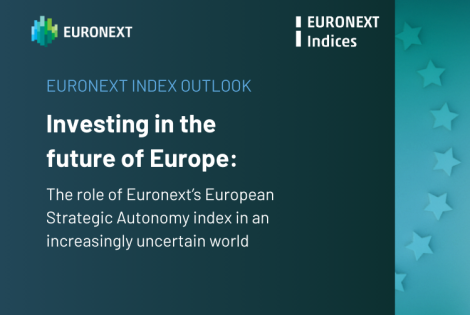Pages: 40
Publication: 17 February 2022
Authors: Paul Besson, Head of Quantitative Research, Théo Compérot, Quant Research Analyst and Victor Vialard, Quant Research Analyst
Price reversion has become an essential topic for traders seeking to improve their allocation across venues. In this paper, based on public market data from primary markets and MTFs and using 0.8 million trades, we address specifically three key questions related to Markouts and venue selection for the benefit of investors.
We first evidence that Markouts increase almost linearly with spreads, and that their main driver is the aggressive trade size expressed as a proportion of the available consolidated liquidity (see Figure 8 p11).
Then, we exhibit that Markouts +1s after an aggressive buy trade at the European Best Offer are +0.4 bps larger for Turquoise and +0.6 bps larger for Cboe Europe compared to Euronext (see Figure 21 p22).
Lastly we show in the same manner that Markouts +100s after an aggressive buy trade at the European Best Offer are +0.4 bps larger for Turquoise and +0.8 bps larger for Cboe Europe compared to Euronext (see Figure 24 p24).
We believe that, for the benefit of investors, better Markouts on Euronext should be reflected in overall passive trade allocations.
Price Markouts and venue selection
Venues and Markout analysis
The analysis of price changes occurring before and after elementary executions on venues is often referred to as “price reversion” or “Markouts” analysis. When assessing the characteristics of both Dark and Lit venues, these metrics have become essential to help participants improve their trading outcomes through a reliable method of venue selection.
Many public studies are available on EBBO presence and the available depth across European trading venues. Nevertheless, there is surprisingly little or no publicly available assessment of trade Markout analysis across European venues in the academic literature.
Best execution and venue selection for aggressive and passive trades
Venue selection for investors’ trades is both a crucial and complex topic. While the ultimate choice of venue results from the executing brokers’ own order-routing logic, investors’ trading performance depends on this key choice. Venue selection covers two distinct situations that must be differentiated between: aggressive and passive trading.
Venue selection in the context of aggressive trading is strictly controlled by best execution practices which require that aggressive trades are routed first to venues that display the required quantity at best price. Therefore, differences in venue selection exist, but they only come into play when several venues display similar liquidity at the same price.
In contrast, venue selection in the context of passive trading is open to more interpretation. Some investors seem to believe that across similar types of venue, sending a passive limit order should lead to the same outcome, as the execution price remains the same in all cases. Thus some may think that the choice of venue for passive trades is only a secondary matter. Our main objective in this paper is to evidence that different passive trading allocations lead to different outcomes.
Main questions addressed on Markouts across Lit venues
In this note we focus on multilateral Lit venues. We first evidence the properties of Markouts following a trade. We then show the main drivers of Markouts. Then we compare Markouts across the main continental Lit venues: Euronext, Cboe Europe and Turquoise. Finally, we show significant differences in outcomes and relate these findings to passive posting strategies across exchanges.
Request the report, contact us: Request the report







